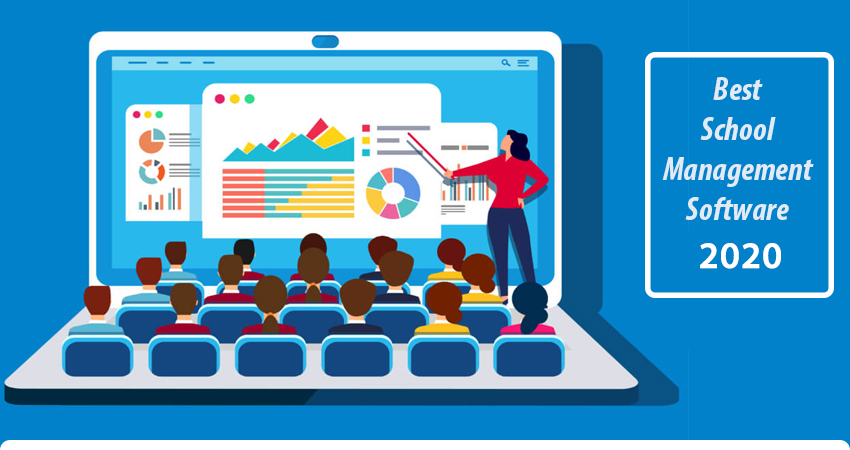
In our digitized era, where school management software has become pivotal in efficiently administering educational institutions, the importance of safeguarding the data within them cannot be overstressed. From student’s personal information to financial records, the data’s confidentiality and integrity are paramount. Let’s delve into ensuring data security and privacy within the realms of software for school management.
Introduction: The Weight of Data Privacy and Security
With schools accumulating a wealth of data, ranging from personal to academic, prioritizing security and privacy within school management software becomes a significant concern for safeguarding against potential breaches and unauthorized access.
- Implementing Robust Data Protection Policies
- Creation and Regulation
Formulating data protection policies that safeguard data and ensure regulatory compliance.
- Continuous Auditing
Employing regular audits to validate adherence to data protection policies and regulatory guidelines.
- Harnessing Encryption Technologies
- End-to-End Encryption
Ensuring that data, whether at rest or in transit, is end-to-end encrypted to deter unauthorized access.
- SSL Certificates
Leveraging SSL certificates to secure the data exchange between user interfaces and servers.
- User Access Management
- Role-Based Access Control
Implementing role-based access control to ensure that sensitive data is accessible only to authorized personnel.
- Multi-Factor Authentication
Enabling multi-factor authentication to add an additional layer of security during user login.
- Securing Data Storage
- Secure Cloud Storage
Utilizing secure and compliant cloud storage solutions to safeguard stored data.
- Data Backups
Establishing regular data backups and ensuring that these are stored securely.
- Compliance with Legal and Regulatory Standards
- Adherence to Compliance
Ensuring school management software adheres to regional and international data protection regulations.
- Updating with Amendments
Regularly updating systems and policies to align with amendments in data protection laws.
- Training and Awareness Among Stakeholders
- Regular Training Sessions
Conducting regular training sessions for staff and stakeholders regarding data security best practices.
- Promoting a Culture of Security
Cultivating a culture that emphasizes the importance of data security and privacy.
- Efficient Incident Response Plan
- Formulating Response Strategies
Developing a coherent incident response plan for managing data breaches or unauthorized access incidents.
- Testing and Revising
Periodically testing and revising the response plan to ensure its efficacy during an actual incident.
- Third-Party Audits and Certifications
- Periodic External Audits
Conducting external audits to ascertain the robustness of data security protocols.
- Attaining Security Certifications
Aiming to achieve security certifications that validate the reliability of the software’s data security measures.
Conclusion: An Ongoing Endeavour for Secure Educational Data Management
While the advantages of employing software for school management are manifold, safeguarding the voluminous and varied data within it requires an unwavering commitment to security protocols and policies. It is imperative to consider data security and privacy as an ongoing endeavour, wherein policies, technologies, and practices evolve alongside emerging threats and advancements in technology.
Through the meticulous alignment of technology, policy, and practice, schools can construct a secure digital environment where data is shielded against unauthorized access and breaches. Ensuring the security and privacy of data within school management software doesn’t just comply with legal mandates but also fortifies the trust and reliability placed in educational institutions by students, parents, and staff alike.
